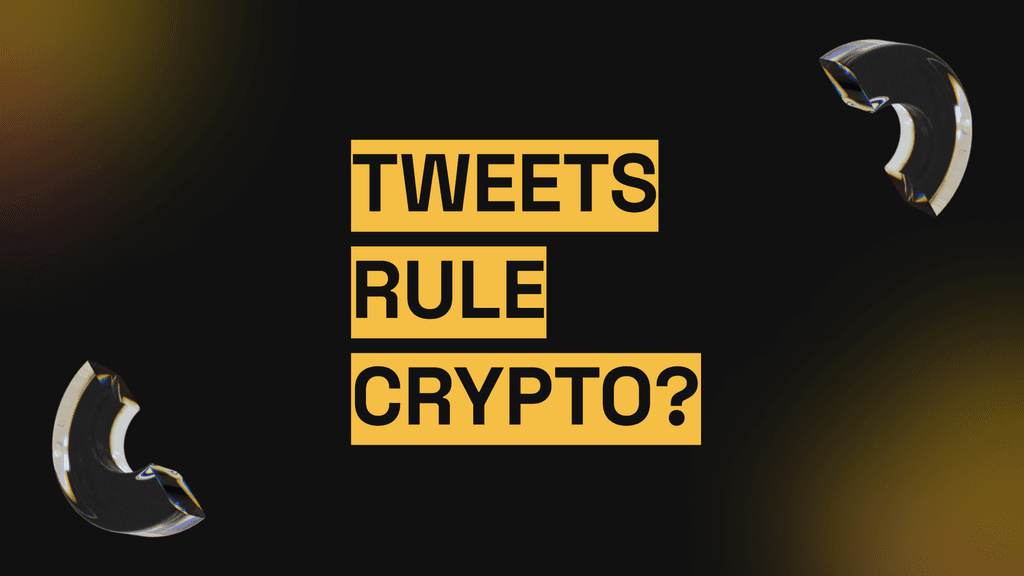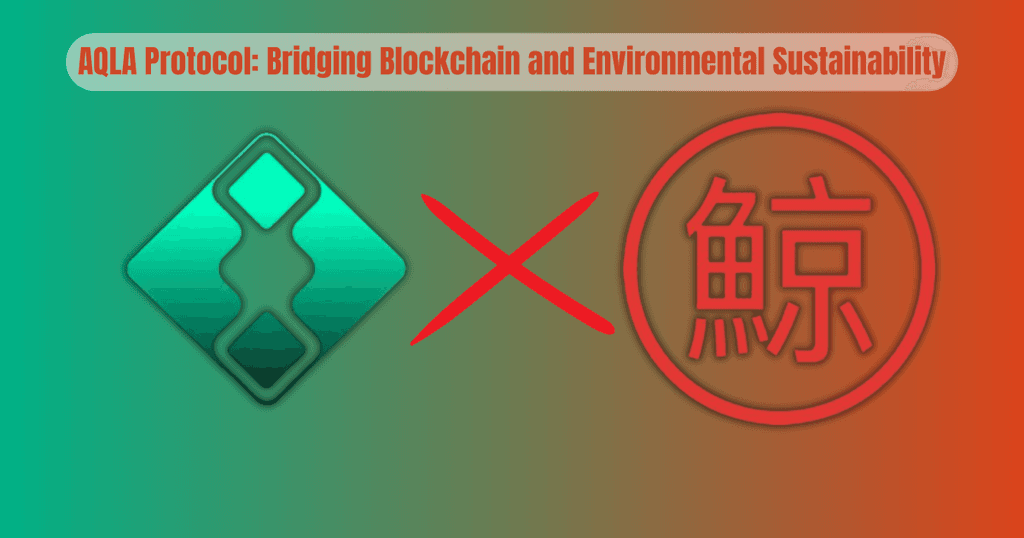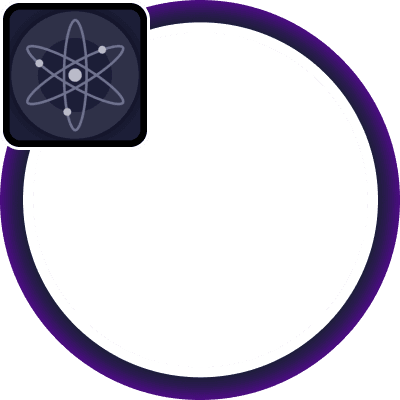What is Blockchain?
Blockchain is a distributed digital ledger technology that securely records transactions across multiple nodes in a network. The term originated with Bitcoin in 2008 as a way to create a transparent, public record of financial transactions without intermediaries. Over time, blockchain has evolved beyond cryptocurrency to become the backbone of decentralized applications (dApps), decentralized finance (DeFi), non-fungible tokens (NFTs), and much of the Web3 ecosystem.
Each block contains a collection of data, such as financial transactions, which is timestamped and linked cryptographically to the previous block. This creates an unbroken, immutable chain of records, making it nearly impossible to alter data without the consensus of the entire network.
Key Components of Blockchain
1. Decentralization
Unlike traditional databases managed by a central authority, blockchains are maintained by multiple nodes (participants) on the network. Each node holds a full or partial copy of the blockchain, ensuring no single entity controls the system.
2. Consensus Mechanisms
Blockchains rely on consensus algorithms to validate new transactions. Popular mechanisms include:
- Proof of Work (PoW): Used by Bitcoin, requiring nodes to solve complex mathematical problems.
- Proof of Stake (PoS): Used by Ethereum, where validators are selected based on the amount of cryptocurrency they stake.
- Delegated Proof of Stake (DPoS): A variation where stakeholders elect validators to approve transactions.
3. Cryptography
Cryptographic hashes secure the blockchain, ensuring that each block’s data is tamper-proof. Public and private keys allow users to sign transactions securely, verifying ownership without revealing sensitive information.
4. Smart Contracts
Smart contracts are self-executing agreements written into code, deployed on platforms like Ethereum. These contracts automate processes without intermediaries, playing a crucial role in dApps and DAOs (Decentralized Autonomous Organizations).
How Blockchain Works
When a new transaction occurs on a blockchain network, it is broadcast to all participating nodes. Nodes then validate the transaction according to the blockchain’s consensus rules. Once validated, the transaction is grouped with others into a block. This block is then added to the existing chain, with a cryptographic hash linking it to the previous block.
Since every new block references the one before it, altering one block would require changing every subsequent block, making tampering virtually impossible.
Applications of Blockchain Technology
1. Cryptocurrencies and Payment Systems
Blockchain powers cryptocurrencies like Bitcoin and Ethereum, enabling peer-to-peer transactions without banks. Stablecoins such as USDT and USDC leverage blockchain for efficient, borderless payments.
2. Decentralized Finance (DeFi)
Blockchain-based protocols enable services like lending, borrowing, and yield farming without intermediaries. Aave and Uniswap are prominent examples of DeFi applications.
3. NFTs and Digital Ownership
NFTs represent unique digital assets on blockchains. They are used in art, gaming, and virtual real estate. Platforms like OpenSea and Rarible allow users to trade NFTs directly on-chain.
4. Supply Chain Management
Blockchain’s transparency helps track goods in real-time, reducing fraud and enhancing accountability. IBM’s Food Trust is a blockchain-powered solution for tracing food supply chains.
5. Governance and Voting
Blockchain enables transparent, secure governance through DAOs. Token holders vote on proposals directly on the blockchain, ensuring transparent decision-making.
Advantages and Limitations
Advantages:
- Transparency: All transactions are publicly verifiable.
- Security: Cryptographic hashes make the ledger tamper-proof.
- Trustless Interactions: No reliance on third parties for verification.
- Decentralization: No single point of failure ensures resilience against attacks.
Limitations:
- Scalability: Blockchains like Bitcoin can struggle with high transaction volumes.
- Energy Consumption: PoW-based blockchains are energy-intensive.
- Regulatory Concerns: Blockchain’s decentralized nature complicates regulation.







